UNVEILING THE BORNOUT IN THE WORK ENVIRONMENT
the vital role of HR in managing employee absenteeism
DOI:
https://doi.org/10.31510/infa.v21i1.1950Keywords:
Burnout, Productivity, Human Resources, PreventionAbstract
Abstract: Through a descriptive literature review, the objective of this study was to present relevant contributions from the Human Resources sector to preventing and combating Burnout and understanding how its actions can contribute not only to organizational performance, but above all to quality life and mental health of employees. Burnout results from specific work-related stress. It is an occupational syndrome characterized by overwhelming feelings of emotional exhaustion, negativity towards work and lack of personal fulfillment. Burnout, although originally explored in the medical and psychiatric professions, has become alarmingly prevalent in a variety of professions and industries. Employee burnout is widespread, harmful and costly to human life, corporate profits and society – especially during a crisis.
Downloads
References
BAKKER, Arnold B. Daily fluctuations in work engagement. European Psychologist, 2014. DOI: https://doi.org/10.1027/1016-9040/a000160
BAKKER, Arnold B.; LEITER, M. Strategic and proactive approaches to work engagement. Organizational dynamics, v. 46, n. 2, p. 67-75, 2017. DOI: https://doi.org/10.1016/j.orgdyn.2017.04.002
BRUNING, Patrick F.; CAMPION, Michael A. Exploring job crafting: Diagnosing and responding to the ways employees adjust their jobs. Business Horizons, v. 62, n. 5, p. 625-635, 2019. DOI: https://doi.org/10.1016/j.bushor.2019.05.003
GOH, Joel; PFEFFER, Jeffrey; ZENIOS, Stefanos A. Reducing the health toll from US workplace stress. Behavioral Science & Policy, v. 5, n. 1, p. iv-13, 2019. DOI: https://doi.org/10.1353/bsp.2019.0001
HAFENBRACK, Andrew C. Mindfulness meditation as an on-the-spot workplace intervention. Journal of Business Research, v. 75, p. 118-129, 2017. DOI: https://doi.org/10.1016/j.jbusres.2017.01.017
HAN, Shasha et al. Estimating the attributable cost of physician burnout in the United States. Annals of internal medicine, v. 170, n. 11, p. 784-790, 2019. DOI: https://doi.org/10.7326/M18-1422
HECKENBERG, Rachael A. et al. Do workplace-based mindfulness meditation programs improve physiological indices of stress? A systematic review and meta-analysis. Journal of psychosomatic research, v. 114, p. 62-71, 2018. DOI: https://doi.org/10.1016/j.jpsychores.2018.09.010
LOCKE, Edwin A.; LATHAM, Gary P. Building a theory by induction: The example of goal setting theory. Organizational Psychology Review, v. 10, n. 3-4, p. 223-239, 2020.
PFEFFER, Jeffrey. Dying for a paycheck: How modern management harms employee health and company performance—and what we can do about it. 2018.
PLUUT, Helen et al. Social support at work and at home: Dual-buffering effects in the work-family conflict process. Organizational Behavior and Human Decision Processes, v. 146, p. 1-13, 2018. DOI: https://doi.org/10.1016/j.obhdp.2018.02.001
RENFROW, J. Faculty burnout: Virtual teaching is taking its toll as COVID rages on. Fierce Education, 2020.
RUDOLPH, Cort W. et al. Job crafting: A meta-analysis of relationships with individual differences, job characteristics, and work outcomes. Journal of vocational behavior, v. 102, p. 112-138, 2017.
RUDOLPH, Cort W. et al. Job crafting: A meta-analysis of relationships with individual differences, job characteristics, and work outcomes. Journal of vocational behavior, v. 102, p. 112-138, 2017.
TRIANNI, F. Doctors and nurses talk about burnout as another wave of COVID-19 hits US Time. 2020.
RUDOLPH, Cort W. et al. Job crafting: A meta-analysis of relationships with individual differences, job characteristics, and work outcomes. Journal of vocational behavior, v. 102, p. 112-138, 2017. DOI: https://doi.org/10.1016/j.jvb.2017.05.008
LOCKE, Edwin A.; LATHAM, Gary P. Building a theory by induction: The example of goal setting theory. Organizational Psychology Review, v. 10, n. 3-4, p. 223-239, 2020. DOI: https://doi.org/10.1177/2041386620921931
Downloads
Published
Issue
Section
License
Copyright (c) 2025 Revista Interface Tecnológica

This work is licensed under a Creative Commons Attribution 4.0 International License.
Os direitos autorais dos artigos publicados pertencem à revista Interface Tecnológica e seguem o padrão Creative Commons (CC BY 4.0), que permite o remixe, adaptação e criação de obras derivadas do original, mesmo para fins comerciais. As novas obras devem conter menção ao(s) autor(es) nos créditos.

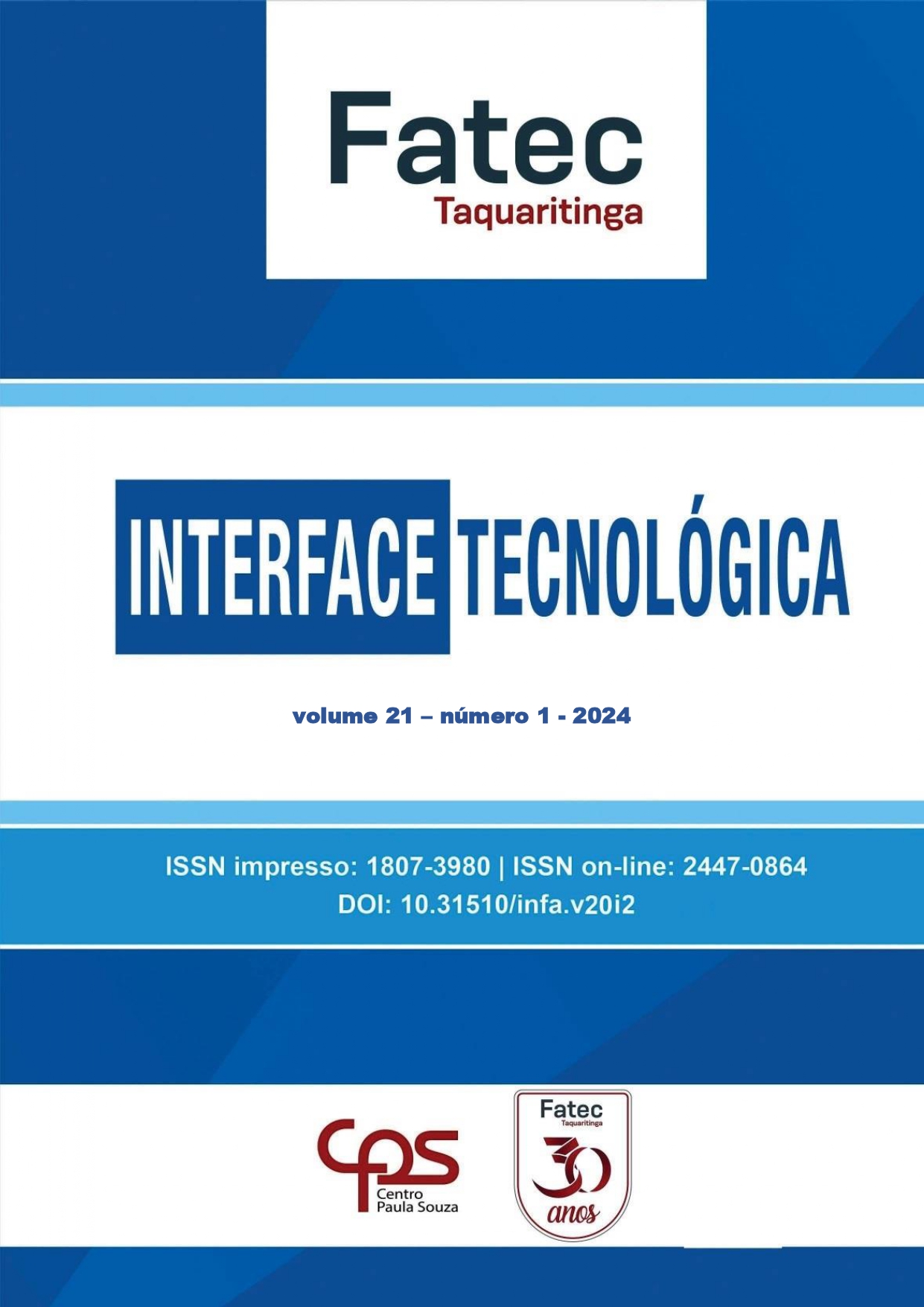




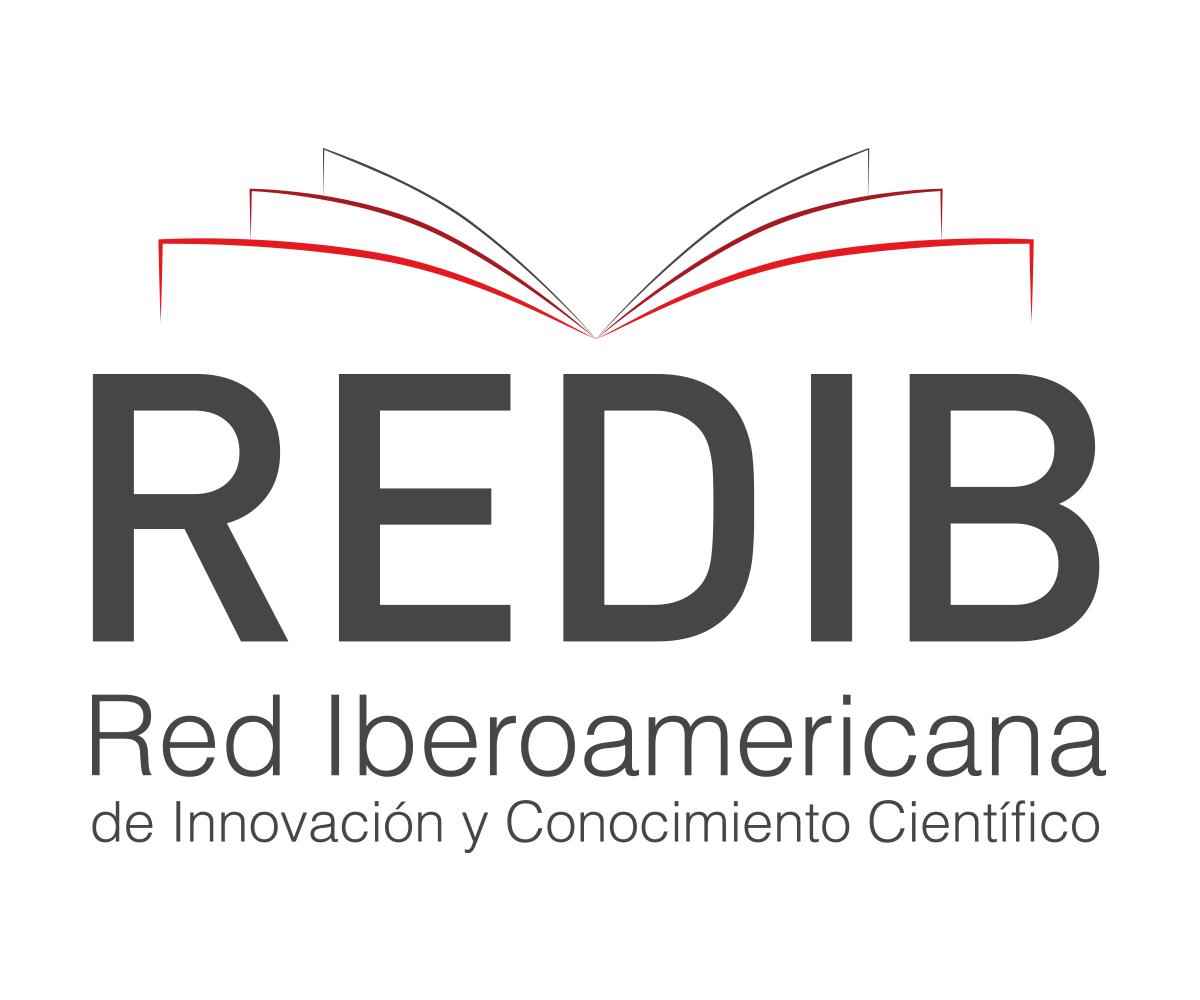
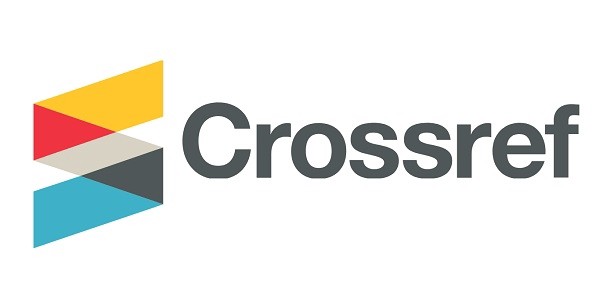
.jpg)
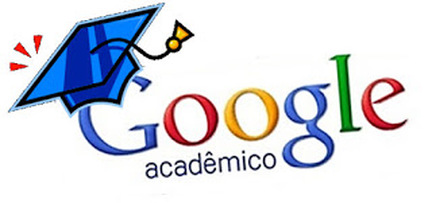


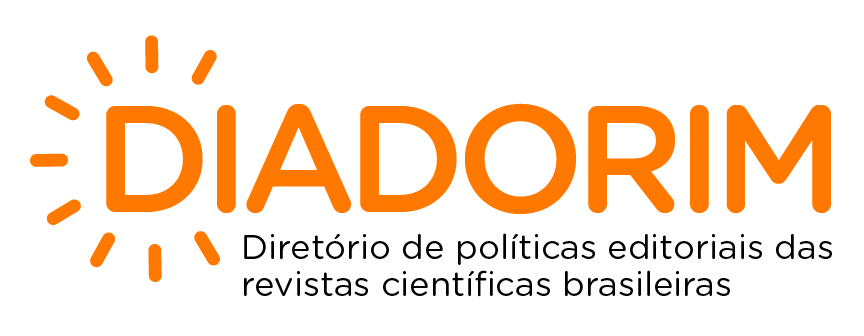
1.png)
1.png)
